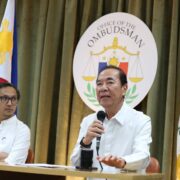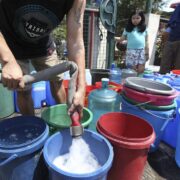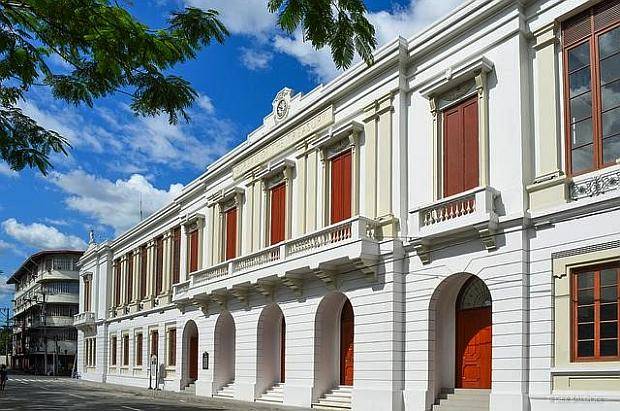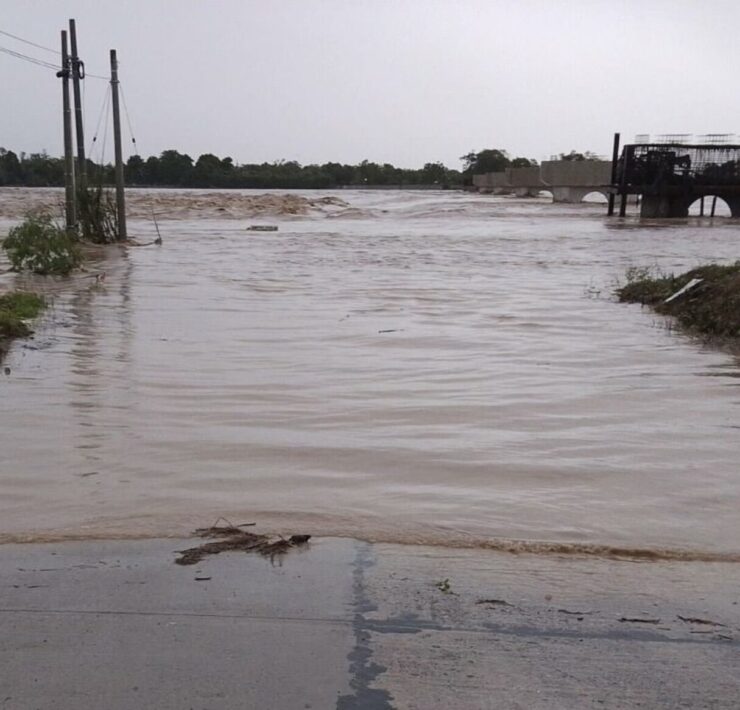BOP swung to deficit in April
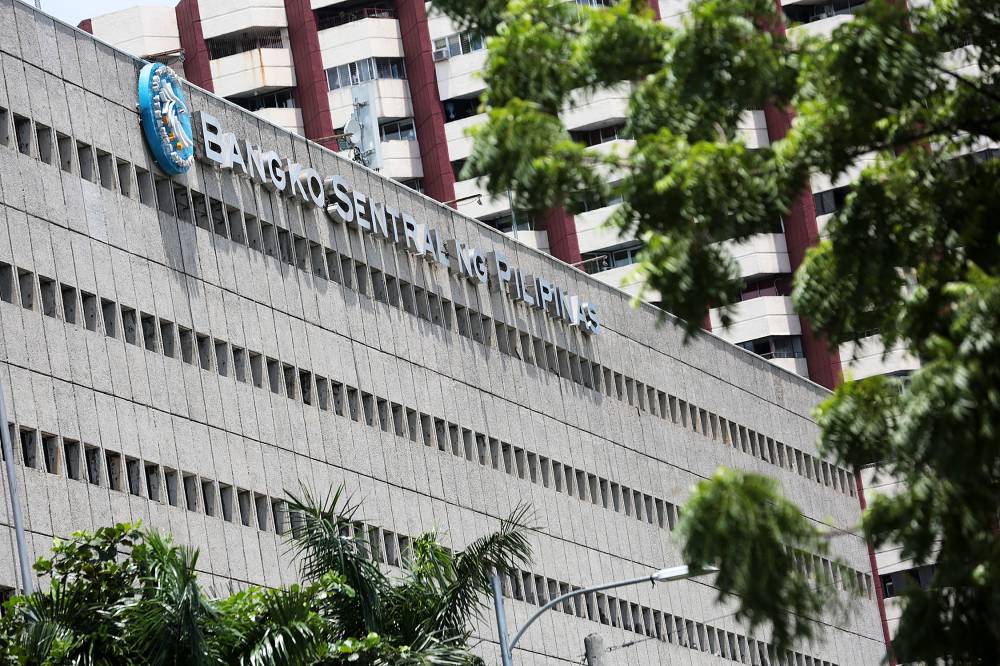
The Philippines recorded its biggest dollar shortfall in three months in April, pushing the four-month deficit beyond the central bank’s full-year forecast early into 2025 as extreme uncertainties in global trade policy drove outflows.
In a statement on Monday, the BSP said the Philippines’ balance of payments (BOP) position—a summary of the country’s economic dealings with the rest of the world—swung to a deficit of $2.6 billion in April.
A BOP deficit means more funds exited the country against those that entered during the period, thereby reducing the country’s resources that can be used to transact with other economies.
Data showed the April BOP gap was the biggest since the $4.1 billion deficit registered last January.
This put the four-month external position to a deficit of $5.5 billion—already beating the $4-billion BOP deficit that the BSP sees for the entire 2025 as it remains wary of a brewing trade war and its impact on the global economy.
Explaining the shift to a BOP deficit, the central bank said the dollar outflows were partly due to payments made by the national government to its creditors offshore.
The BSP also said it continued to intervene in the foreign exchange market by selling some dollars from its international reserves to defend the peso from too much volatility.
This, as the tariff threats from US President Donald Trump stoked capital flight to safe havens like the greenback.
“It (BOP deficit) signals pressure on the Philippine peso and reserves amid global trade uncertainties, especially from recent US tariff moves,” John Paolo Rivera, a senior research fellow at state-run think tank Philippine Institute for Development Studies, said.
“This underscores the need to boost exports and attract more stable capital inflows,” Rivera added.
The BSP said the weaker BOP position translated to a decrease in the final gross international reserves (GIR) to $105.3 billion as of end-April, from $106.7 billion in March.
But the central bank said the latest GIR level provides a “robust external liquidity buffer” as it was equivalent to 7.3 months’ worth of imports of goods and payments of services and primary income. This was way above the international standard of three-month import cover.
Moreover, the buffer funds could cover approximately 3.7 times the country’s short-term external debt based on residual maturity.





